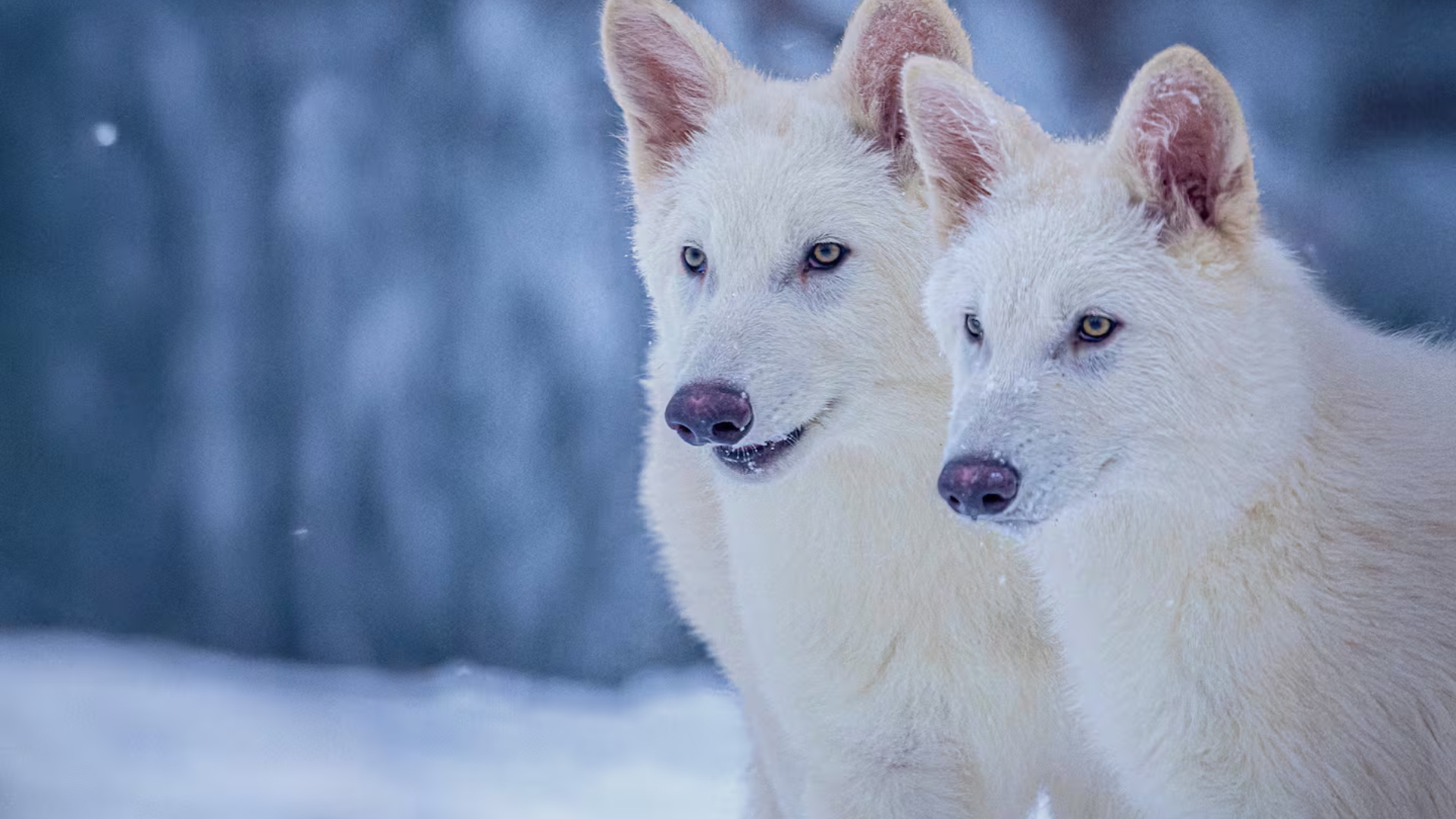Genetically engineered dire wolves are now alive in a secure U.S. site, modeled after the extinct species using ancient DNA. The company behind the project, Colossal Biosciences, revealed the pups are already 80 pounds and show key traits of the long-lost predators, including long white hair and powerful jaws.
The Science of Wolves
- Scientists created these dire wolf impersonators by:
- examined ancient DNA from 72,000-year-old skulls and teeth that date back 13,000 years.
- CRISPR-modified gray wolf blood cells at 20 genetic locations
- placed embryos in household dogs to serve as surrogates
Biologists like Vincent Lynch of the University at Buffalo warn that, despite these technical advances, this is more about physical likeness than true resurrection. “All you can do now is make something look superficially like something else,” he said.
What Makes a Dire Wolf?
Genetically engineered dire wolves may look the part, but real dire wolves—extinct for 10,000 years—were bigger and tougher. The engineered pups might look the part, but experts say they’ll never learn the same hunting behaviors.
Conservation and Cloning Efforts
Colossal also cloned four endangered red wolves to boost genetic diversity. Using blood samples from wild red wolves in the southeastern U.S., the company hopes to help preserve critically endangered species through this less-invasive cloning technique.
While Colossal CEO Ben Lamm praised the work as a step into a “thrilling new era,” critics argue that bringing back extinct animals doesn’t mean reviving their ecological role.
Source: NBC News
